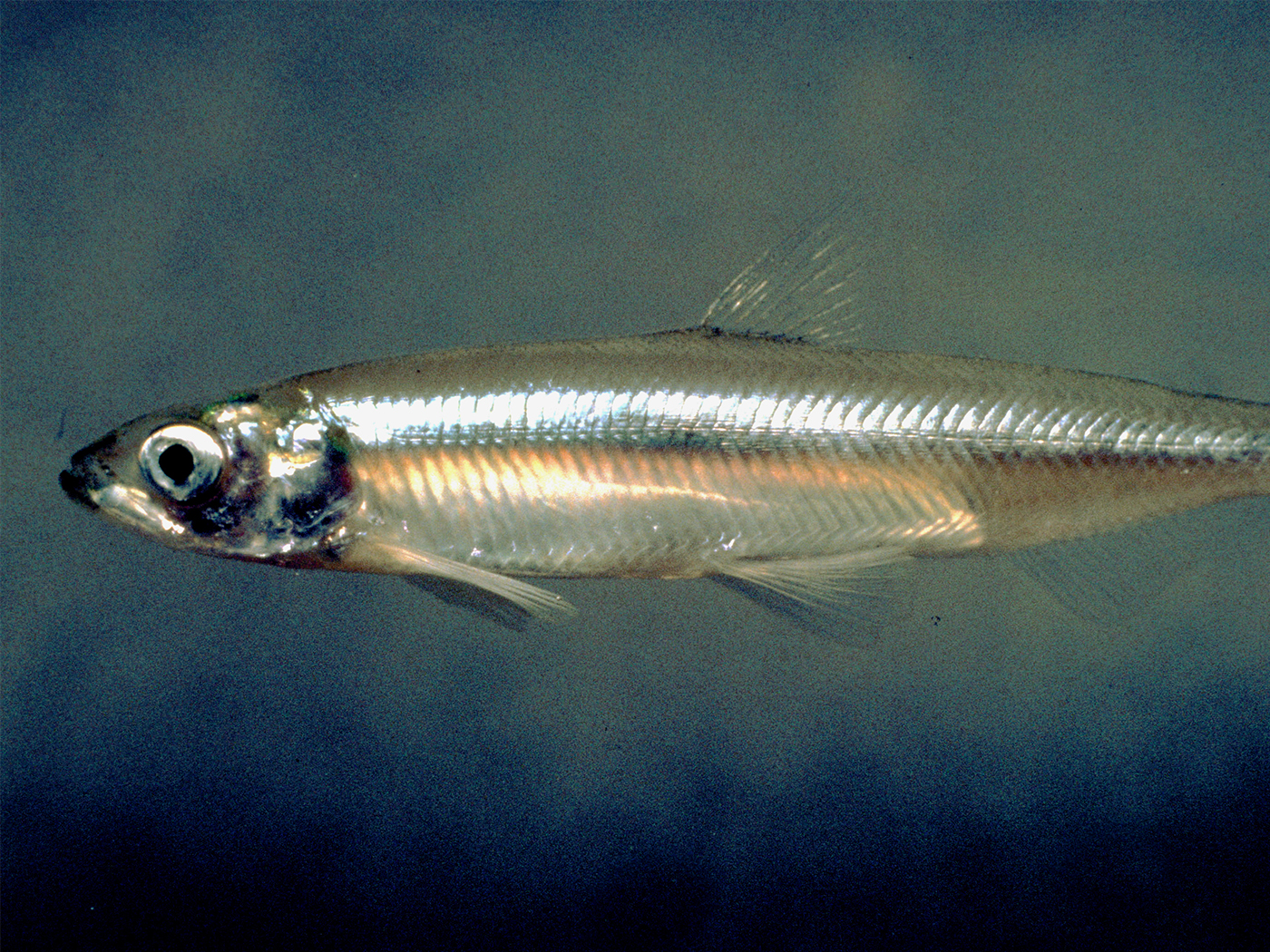RATE II: Radioisotopes and the Age of The Earth: Results of a Young-Earth Creationist Research Initiative, (Volume II), L. Vardiman et al., eds. (San Diego, CA: Institute for Creation Research and the Creation Research Society, 2005)
Abstract
I discuss the possibility of variation of coupling constants and particle masses within modern physics. Quantum mechanical calculations are presented giving the decay constant for α-decay and its variation with depth of the nuclear potential well. Concrete, numerical approaches are considered for the possible variation of the Fermi constant and strong coupling constant over the history of the earth. The dependence of forbidden β-decays on the decay energies is considered as a mechanism which affects the sensitivity of the half-life to changes in coupling constants. For double β-decay data, evidence from experimental data for 82Se, gathered from both geochemical and direct laboratory detection methods, is considered which indicates possible accelerated decay episodes. In addition, data from the Oklo natural reactor are considered as to whether they constrain the possible variation of half-lives.
Keywords
accelerated radioactive decay, alpha-decay, RATE II
For Full Text
Please see the Download PDF link above for the entire article.











